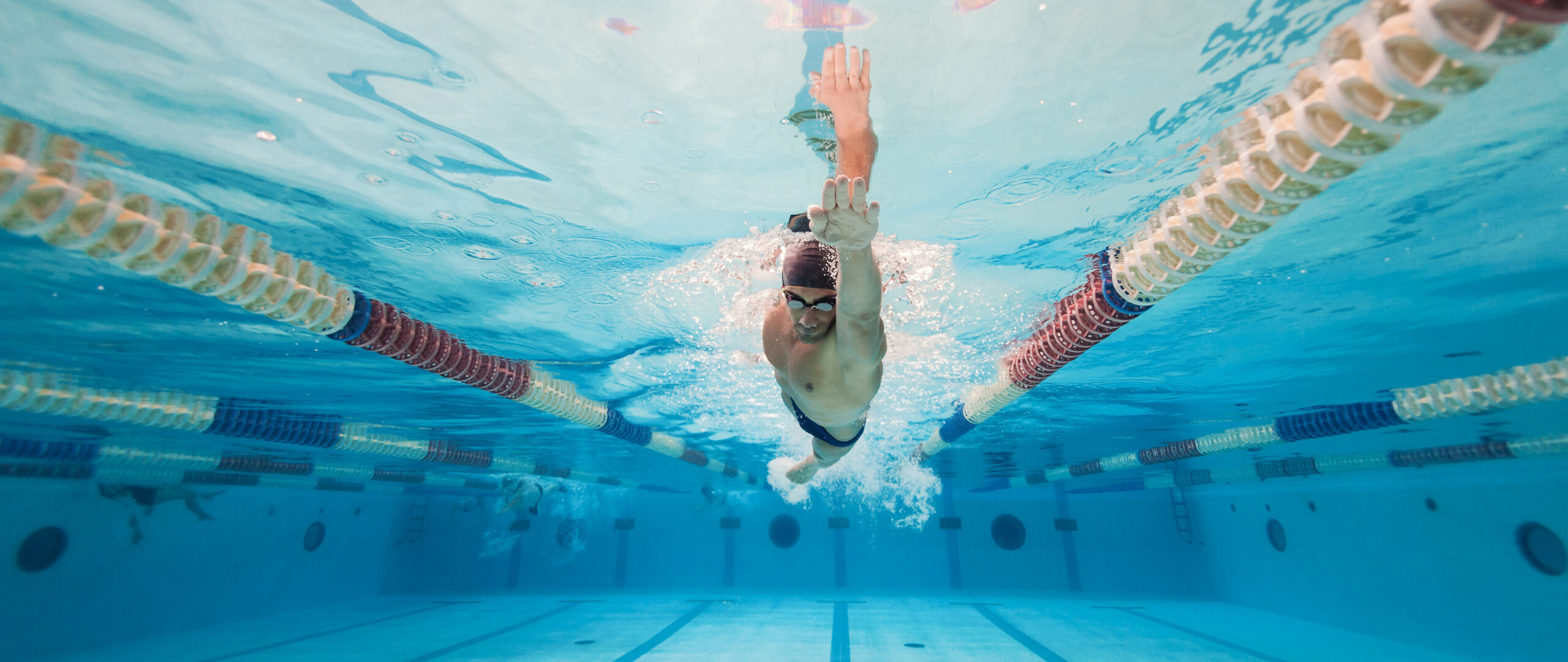Archive for June 2023
Text Neck
Talk about a 21st-century condition: the name itself is enough to conjure images of buses full of commuters, head-phones in and heads down, scrolling through their individual news feeds. As a chiropractor, cell phone culture makes me despair. We are seeing the premature onset of spinal conditions linked to young lifestyles that involve too much electronic consumption and not enough physical activity.
Pull your cell phone out of your pocket and have a look: chances are you moved it from pocket to lap, and are looking down at it from above. Very few people heed the conventional wisdom of holding their cell phone at arm’s length and eye level; it’s just not a “cool” look. The problem is about weight: particularly that of the head in relation to the spine. When you hold your phone at hip level and crane down over it, you are magnifying the weight of the head to the spine and creating imbalance at the same time.
Symptoms of text neck:
- Stiffness and soreness in the neck
- Upper back and shoulder pain
- Muscle spasms
- Reduced range of motion in the neck
At our office, we take a proactive approach to treating text neck. Prevention is the name of the game: reducing the amount of time you spend daily looking down at the phone and encouraging you to take breaks if looking at screens for an extended period of time. Any excessive amount of time spent looking down is creating strain on the neck. Rehabilitation is the next logical step: we provide you with spinal adjustments to improve your range of motion and reduce nerve irritation. From here we work on strengthening the core as a support for the upper body and increasing the strength and pliance of muscles in the neck and shoulder through stretching and exercise.
Nutrition for Herniated Discs
A diet for herniated discs is surprisingly similar to a diet for good spinal health, excepting that you probably need an extra boost of anti-inflammatory nutrients to reduce painful inflammation and help you focus on healing. Nutrition for the herniated disc is directly related to the anatomy of the injury: spinal discs are made up of 2 layers.
- Annulus fibrosus: the outer layer, made up of strong collagen fibers.
- Nucleus pulposus: the inner layer, composed of looser fibers that allow for movement and shock absorption.
Because the injury involves the annulus fibrosus becoming strained and splitting, we want to focus on consuming ingredients that help rebuild and fortify the existing cartilage that makes up the structure. Foods to consider include:
- Vitamin C: helps to form collagen, which binds and supports tissue.
- Sulfur-rich foods: supports collagen production, includes foods cruciferous vegetables like cauliflower, broccoli, and Brussels sprouts.
- Glucosamine sulfate: often found in supplement form, this is great for helping the body to form chemicals that help with cartilage repair.
- Omega-3 fatty acids: for their anti-inflammatory properties which help with pain.
As part of a holistic health plan, nutrition is one of the three big elements along with exercise and physical therapy that will help you heal quickly. Your injury could be the wake-up call you need to start eating a more balanced diet to account for the degradation that naturally occurs to our bodies over time. If you are suffering from a herniated disc, it’s time to give our office a call. We specialize in helping you create a plan that incorporates nutrition with chiropractic care and corrective exercise to help you address your pain, get back on your feet and repair the injury fully.
Why Swim?
Just as water can, you can be consumed with weight loss, so too can water be used as a workout medium that is less physically stressful to the body than other sports such as running. As a chiropractor, I wholeheartedly endorse the aerobic, low-stress nature of swimming as a means of losing weight and feeling great. Assuming you are comfortable in the water, here are a few reasons why you might want to consider making swimming your new go-to workout:
- Being buoyant: studies link being in the water with improvement in mood for both men and women. Perhaps this is because as you float, gravity is partially suspended and muscles can relax for a minute.
- Less repetitive trauma: running is the most thought-of aerobic activity, but it comes with one significant detractor, the repetitive shocks to the joints that wear them down over time. This is not the case with swimming.
- Better respiratory function: water is denser than air, meaning that your diaphragm and the accessory muscles must work harder to capture and supply oxygen to your cells. Essentially, you are toning your breathing muscles which will benefit you during your everyday life.
- Whole body workout: water provides a natural resistance that tones the entire body, without you necessarily being aware of it. You may even feel less fatigued, even though an hour of vigorous swimming can burn up to 500 calories.
Swimming is a great thing to add to your life if you have been lacking movement. However, we realize that no exercise can be comfortably attempted if you are restrained by pain. We offer treatment modalities that can treat a body wracked by the stiffness and aching of a sedentary lifestyle and show you why swimming a few times a week may be desirable. Give our office a call to schedule an appointment today.


